The Best Free Server Monitoring Tools
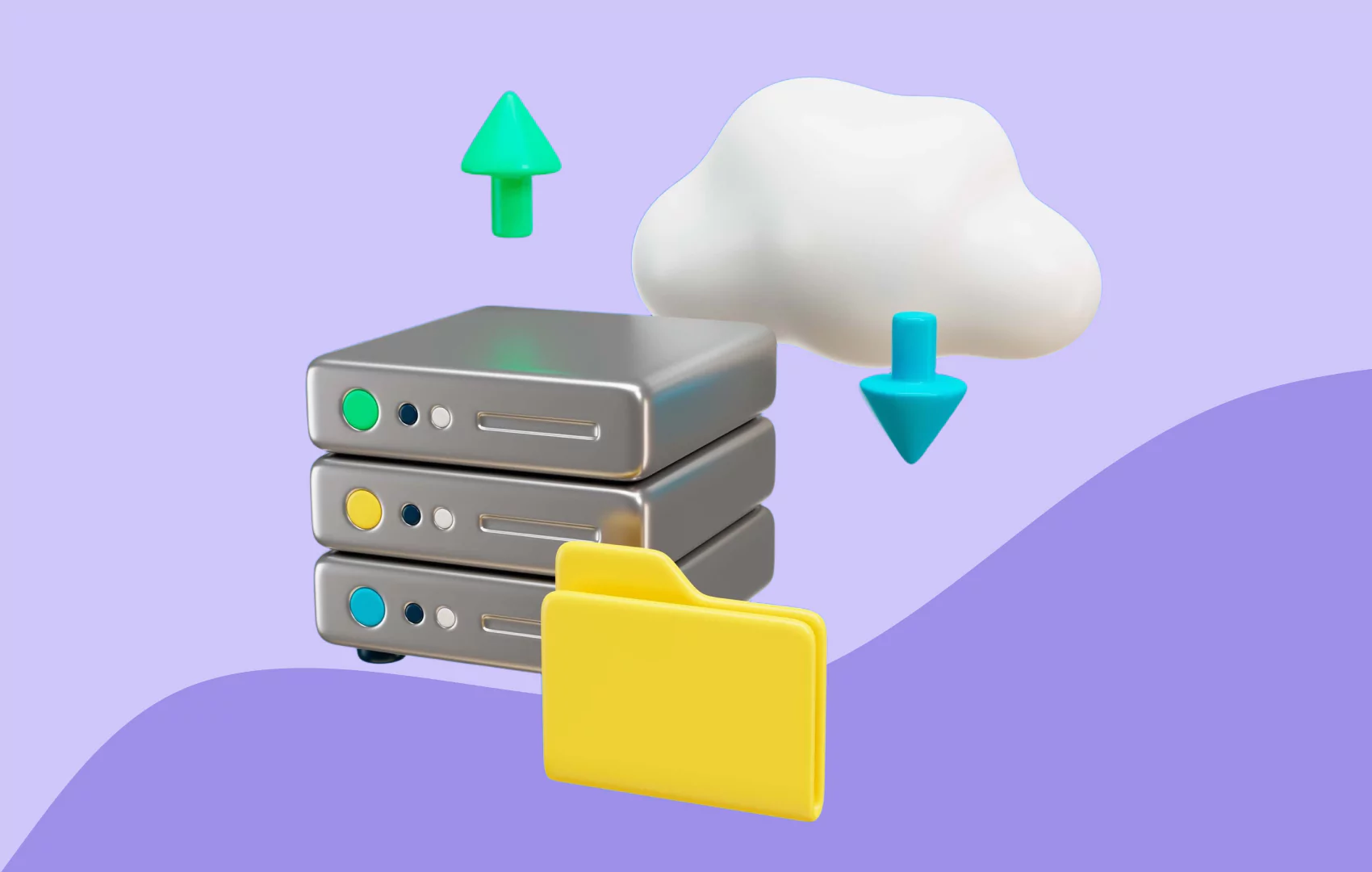

In today's fast-paced digital landscape, maintaining optimal server performance is crucial for businesses and website owners alike. Whether you are running an e-commerce platform, a corporate website, or a personal blog, uninterrupted service and reliable performance are key to ensuring success.
This comprehensive guide explores the best free server monitoring tools available, offering insights into how these solutions can help you safeguard your online assets without breaking the bank.
Server monitoring is not just about tracking uptime; it’s about understanding server behavior, identifying potential issues before they become critical, and ensuring a seamless user experience. With the increasing complexity of online infrastructures, leveraging free server monitoring solutions has become a necessity for both small businesses and large enterprises.
These tools provide real-time data and analytics, allowing you to monitor servers, analyze trends, and promptly address any irregularities.
Why Server Monitoring Is Crucial
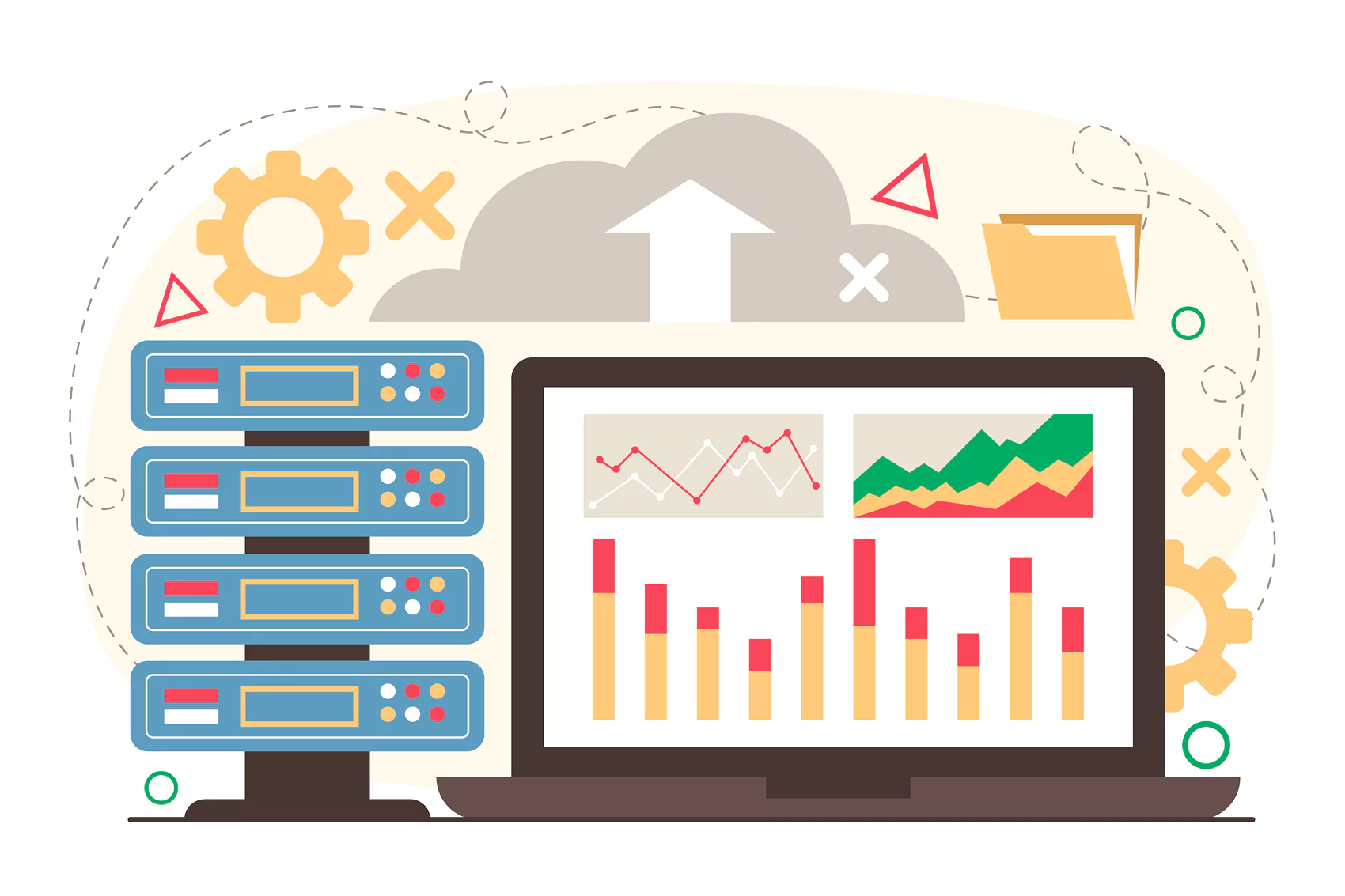
Effective server monitoring enables you to keep an eye on various aspects of your server’s health. From tracking CPU usage and memory consumption to observing network traffic and disk space, server monitoring tools provide a comprehensive overview of your system's performance. Understanding these metrics is essential for maintaining a smooth operation and avoiding unexpected downtime.
Free server monitoring solutions offer a wide range of features typically found in premium server monitoring software. They allow you to monitor servers in real-time, ensuring that any issues are detected early on. This proactive approach can save time, resources, and prevent potential revenue loss. Whether you need a free server monitor for a single server or require more comprehensive server monitoring services for an entire network, these tools provide flexibility and scalability.
A key benefit of using free server monitoring tools is the ability to customize alerts and notifications. This means you can set up specific thresholds for various performance metrics. When these thresholds are breached, the monitoring server performance system alerts you, enabling rapid response. This proactive management is essential for businesses that depend on high availability and optimal performance.
Understanding the Key Features
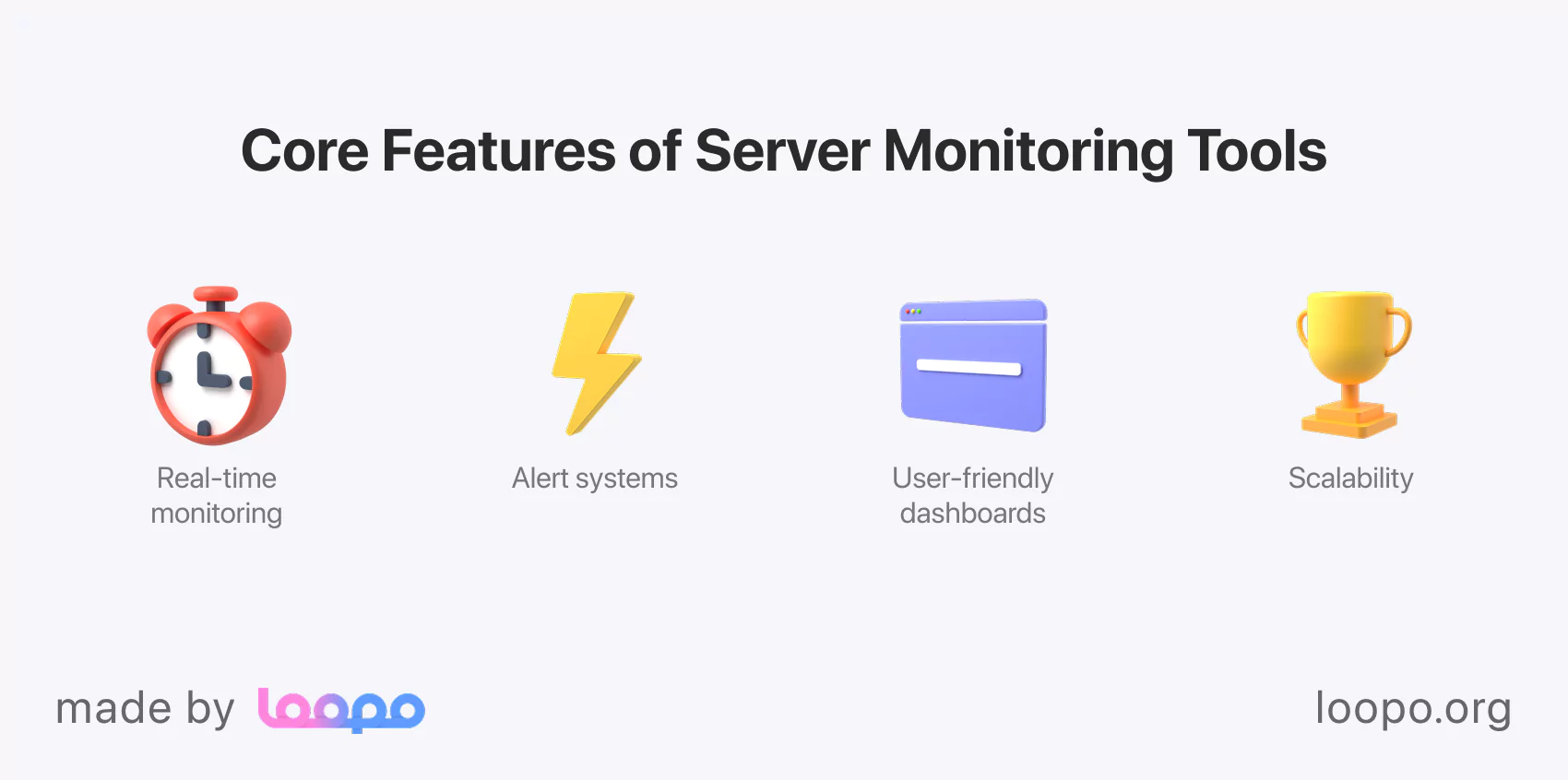
When evaluating server monitoring solutions, it's important to look at the features that align with your specific needs. Some of the core capabilities include:
- Real-time monitoring: Track your server's performance continuously to ensure that all systems are functioning optimally.
- Alert systems: Set custom thresholds for key metrics and receive notifications when these are exceeded.
- User-friendly dashboards: Access a comprehensive view of your server’s status through intuitive interfaces.
- Scalability: Start with a free server monitoring tool and upgrade as your needs grow.
These features are common in many top-rated server monitoring tools free offerings, and they form the backbone of effective server health monitoring tools.
Overview of Free Server Monitoring Solutions

In recent years, the availability of free server monitoring tools has grown significantly. Many of these free web monitoring software solutions provide robust functionality that rivals some paid server monitoring software options. The primary keyword "free server monitoring" encapsulates a range of solutions that allow you to maintain server health without incurring additional costs.
Free server monitoring tools can be particularly beneficial for startups and small businesses. They offer server monitoring free capabilities without the financial burden associated with premium services. By integrating these solutions, you can monitor servers efficiently and ensure that your digital assets are protected from unexpected issues.
For those new to server monitoring, it’s important to understand the difference between basic monitoring tools and more advanced server monitoring solutions. While the former may simply track uptime and basic performance metrics, advanced options often include detailed analytics, historical data tracking, and customizable reporting features. Such distinctions can help you choose the right free server monitoring tool that aligns with your operational requirements.
Furthermore, many free server monitoring services now include the ability to monitor various types of servers, from web servers to application servers and even database servers. This versatility ensures that regardless of your infrastructure, there is likely a tool that meets your specific needs. Whether you are using a simple free website monitoring software or more advanced servers monitoring tools, the key is to find a solution that integrates seamlessly into your existing workflow.
The Evolution of Server Monitoring Tools

The evolution of server monitoring has been driven by the increasing complexity of IT infrastructures. In the past, basic tools were sufficient to monitor a single server or a small network. However, as businesses have expanded and their online presence has grown, the need for more sophisticated monitoring has led to the development of advanced server monitoring solutions.
Today, many free server monitoring tools offer comprehensive dashboards that not only display current performance metrics but also provide historical data and trend analysis. This evolution has made it possible for businesses to predict potential issues before they occur and take corrective actions well in advance. The ability to monitor servers effectively is no longer a luxury—it’s a necessity for ensuring optimal performance in a competitive digital environment.
Free server monitoring software has also become more user-friendly over time. Modern tools are designed with intuitive interfaces that simplify the monitoring process. This ease of use means that even those without extensive technical expertise can effectively monitor their servers. Whether you are using a dedicated server monitor tool or a more general monitoring server performance platform, you can benefit from a clear, concise view of your server’s health.
In this initial section, we have set the stage by highlighting the importance of server monitoring and introducing the range of free solutions available. As we continue, we will delve deeper into the specific features and benefits of these tools, comparing their capabilities and guiding you in choosing the best option for your needs.
Detailed Comparisons of Free Server Monitoring Tools

As businesses grow, the need for a robust monitoring system becomes increasingly critical. In this section, we delve into a detailed comparison of popular free server monitoring tools. We will examine their core features, user interfaces, and scalability to help you determine which server monitoring software best suits your needs.
Popular Free Server Monitoring Tools
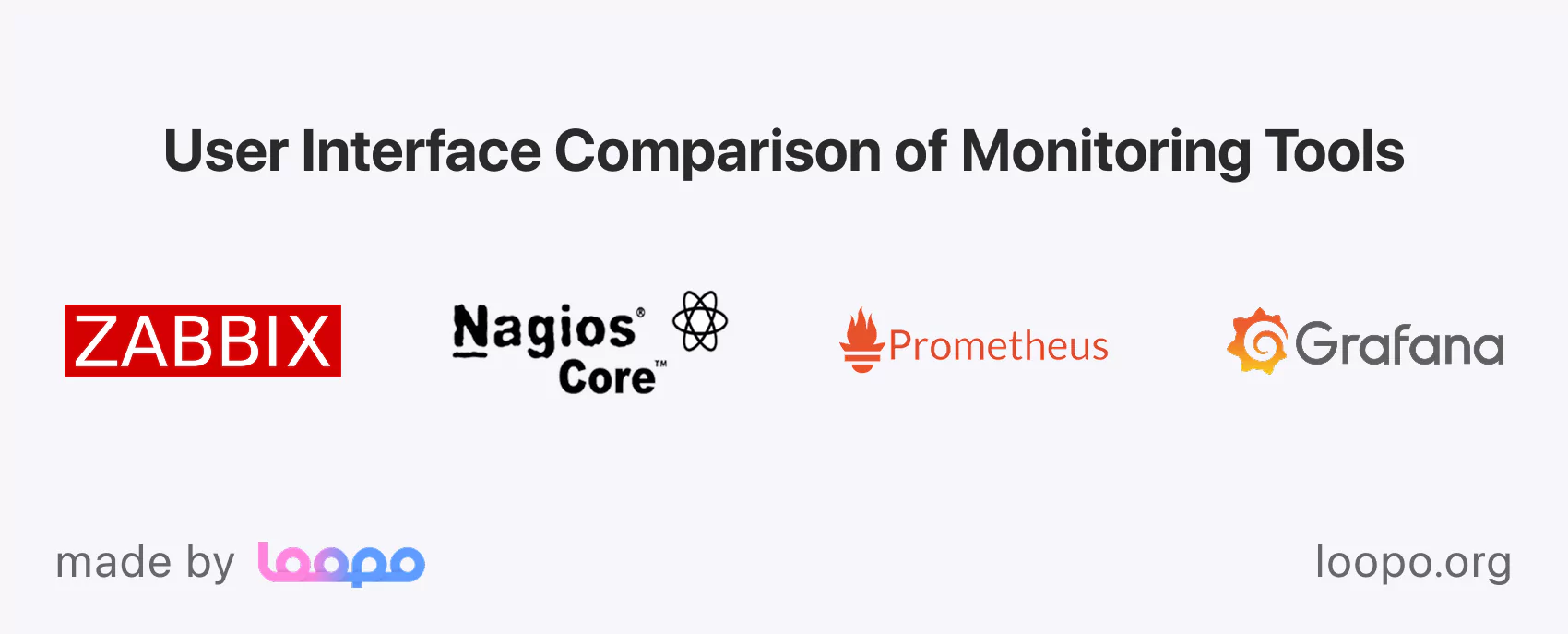
Several free server monitoring tools have garnered a reputation for being both reliable and user-friendly. These server monitoring solutions have been designed to help you monitor servers efficiently, ensuring that issues are identified before they escalate. Let’s explore some of these standout options.
One well-regarded free server monitoring tool is Zabbix. Known for its comprehensive monitoring capabilities, Zabbix offers real-time server monitoring along with customizable dashboards. Users can monitor CPU usage, network traffic, and disk space while receiving instant alerts when performance thresholds are breached. This free server monitor is ideal for those who need in-depth insights into their server’s performance.
Another notable option is Nagios Core. This open-source server monitoring software is popular among IT professionals for its flexibility and powerful alerting system. Nagios Core allows you to set up custom monitoring configurations and integrates well with various plugins to extend its capabilities. Whether you’re monitoring servers for uptime or using it as a part of your overall server monitoring services, Nagios Core provides a solid foundation for proactive server management.
Prometheus, in combination with Grafana for visualization, is also gaining traction as a free server monitoring tool. Prometheus collects metrics from configured targets at specified intervals, while Grafana presents these metrics in an accessible format. This pairing is particularly effective for monitoring server performance over time, offering detailed historical data that can inform future decisions.
Key Features to Consider
When evaluating free server monitoring solutions, certain features should be top of mind. Understanding these capabilities will help you choose a server monitoring tool that aligns with your operational needs. Key features include:
Real-time Monitoring: Immediate data access to ensure that you can monitor servers continuously.
Customizable Dashboards: Tailor the visual layout to highlight the most important metrics.
Alert Systems: Automated alerts to notify you when performance indicators fall below or exceed set thresholds.
Scalability: The ability to grow alongside your infrastructure, from a single server to multiple servers.
While many free server monitoring tools provide similar functionalities, the differences in interface design and customization options can make one tool more suitable for your environment than another.
Integrating Monitoring Tools into Your Infrastructure
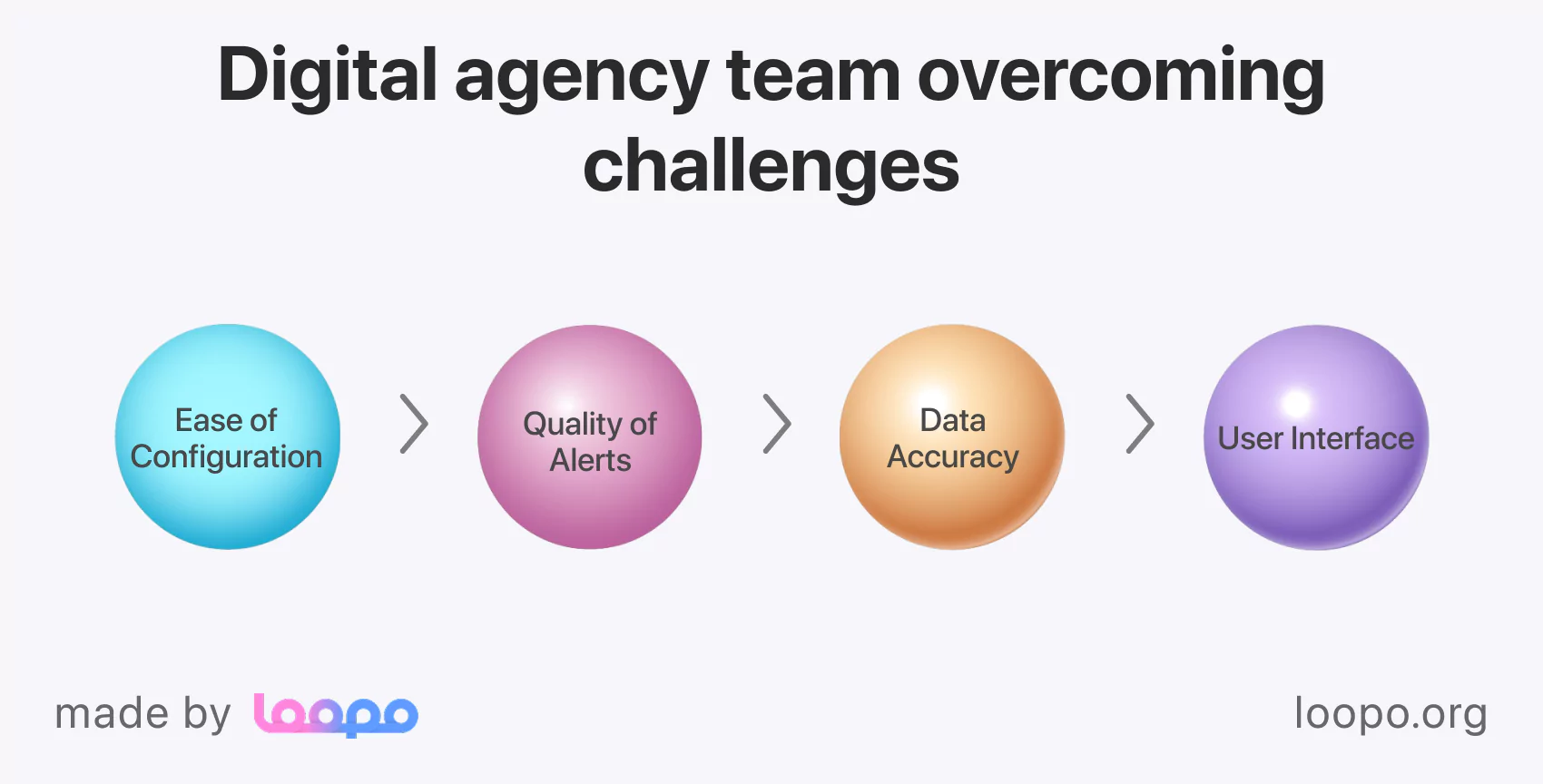
Seamless integration of server monitoring software into your existing IT infrastructure is vital. Whether you are using a dedicated server monitoring tool or incorporating monitoring into your broader server monitoring services, the process should be straightforward.
Most modern free server monitoring solutions offer APIs and plugins that allow for integration with other IT management systems. This interoperability means you can easily combine monitoring efforts with incident management tools, ensuring a cohesive IT operations strategy.
Incorporating these tools into your workflow often begins with a pilot test. Start by deploying the free server monitoring tool on a subset of your servers. Monitor its performance and evaluate the data provided. Look for the following during your pilot phase:
Ease of Configuration: How simple is it to set up the monitoring parameters?
Quality of Alerts: Are the notifications timely and actionable?
Data Accuracy: Is the information provided reliable and detailed?
User Interface: Is the dashboard intuitive enough for team members to understand quickly?
These factors are crucial in determining whether the free server monitoring tool can meet your long-term needs. A careful evaluation will ensure that you select a solution that not only monitors servers effectively but also scales with your business.
Benefits of Using Free Server Monitoring Tools

Using free server monitoring tools offers multiple benefits. These tools not only help in reducing the operational costs but also in ensuring that server performance is consistently monitored. For startups and small businesses, this cost-effective approach is invaluable. With real-time analytics, you can address issues proactively and maintain optimal server health, which is critical for user satisfaction and operational continuity.
Moreover, many free web monitoring software options come with extensive community support. This means that even if you encounter a challenge while configuring your server monitoring software, you can rely on community forums and online resources for assistance. Community-driven improvements and frequent updates ensure that these free server monitoring tools stay competitive with premium offerings.
For organizations with limited IT resources, the user-friendly nature of modern free server monitoring tools is a significant advantage. With clear dashboards and intuitive reporting, the learning curve is minimal. This ease of use allows teams to quickly adapt and benefit from enhanced server health monitoring without the need for extensive training or specialized skills.
Comparing Server Monitoring Services
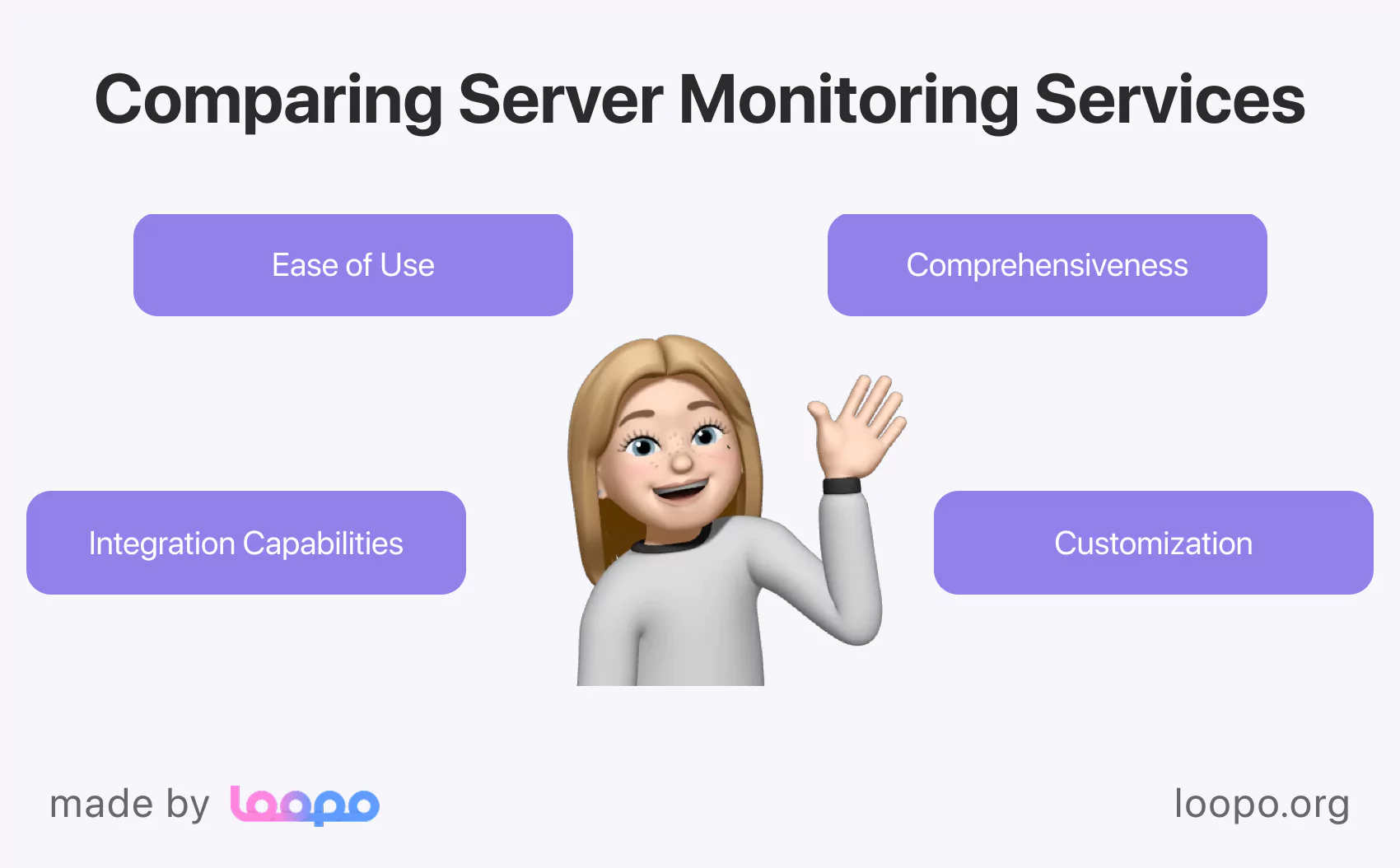
It is also important to compare server monitoring services in terms of the scope of metrics they track. Some free server monitoring tools excel at network performance metrics, while others provide a more holistic view of server health. When comparing these services, consider the following aspects:
Comprehensiveness: Does the tool monitor all critical aspects, such as CPU, memory, disk space, and network traffic?
Customization: Can you tailor the alerts and dashboards to match your specific server configuration?
Integration Capabilities: Does the tool work well with other IT management software or platforms you already use?
Ease of Use: How accessible is the tool for non-technical staff?
By addressing these aspects, you can determine which free server monitoring solutions are best suited for your infrastructure. Whether your focus is on server monitoring free offerings or advanced server health monitoring tools, the key is to choose a solution that integrates smoothly with your current system and provides actionable insights.
A Closer Look at Customization Options
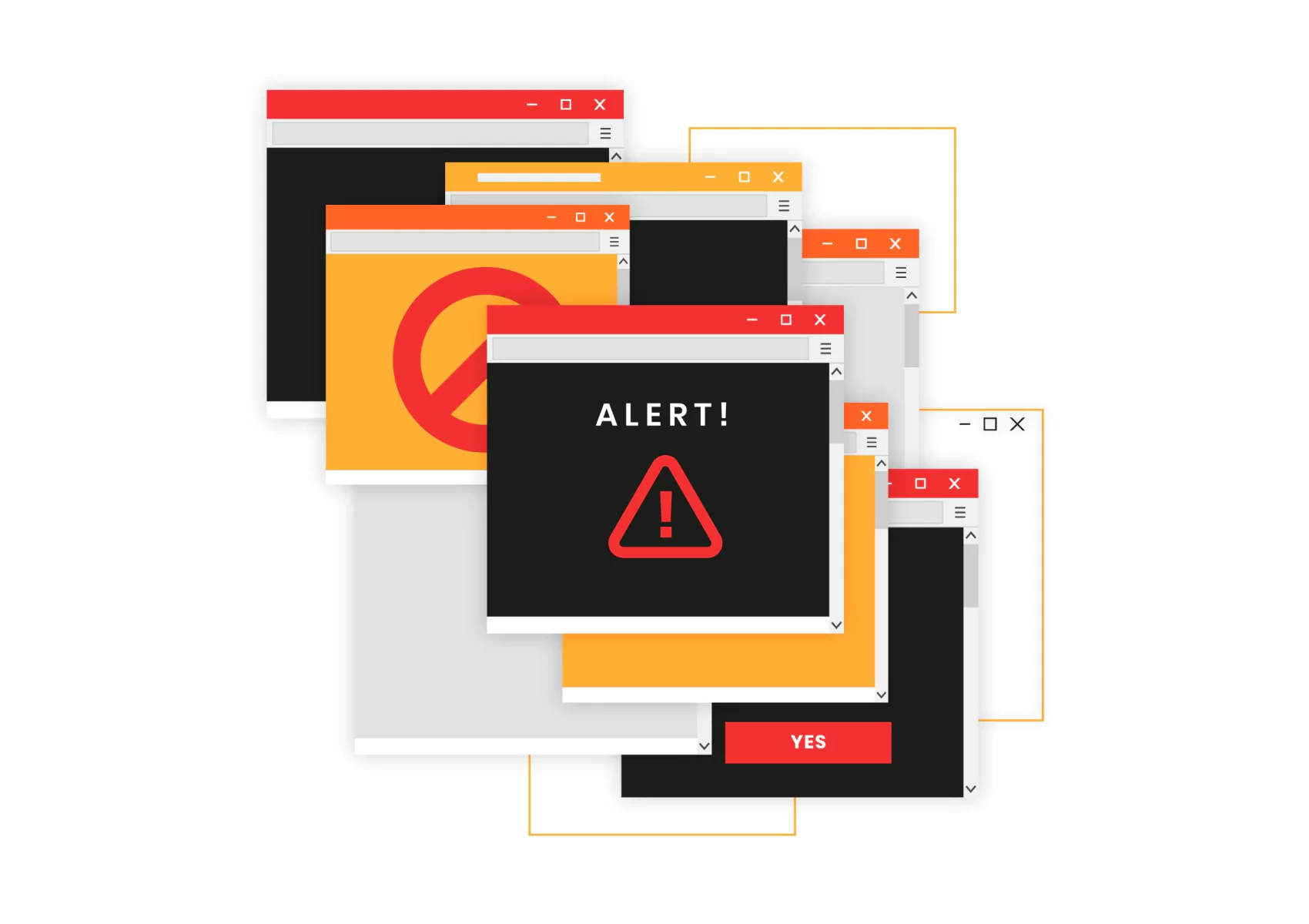
Customization is one of the main advantages of using free server monitoring tools. Most solutions allow you to adjust the monitoring frequency, set custom thresholds, and tailor alerts based on your server environment. These capabilities ensure that you are not overwhelmed with unnecessary notifications. Instead, you receive focused, relevant data that helps you monitor servers effectively.
Additionally, many of these tools offer customizable reporting options. These reports can be used to analyze server performance trends over time. By identifying patterns, you can optimize your server configuration to prevent issues before they occur. This proactive approach to monitoring server performance is a cornerstone of effective IT management.
Practical implementation tips and real-world use cases

Moving forward, let's dive into practical implementation tips and explore real-world use cases that illustrate how free server monitoring tools can be effectively deployed. In this section, we cover detailed strategies for setting up and integrating these tools into your IT infrastructure. We also examine case studies that highlight the benefits of robust server monitoring.
Deploying and configuring free server monitoring solutions
Implementing a free server monitoring tool requires careful planning and execution. To ensure successful deployment, follow these best practices:
First, perform an assessment of your server environment. Identify critical components such as CPU, memory, and disk usage. This assessment will help you determine which server monitoring software is best suited for your needs. Whether you opt for a free server monitoring tool like Zabbix, Nagios Core, or Prometheus paired with Grafana, understanding your infrastructure is essential.
Next, start with a pilot implementation. Choose a subset of your servers and configure the monitoring tool to collect key performance metrics. This initial deployment allows you to test the tool’s alert system, dashboard customization, and integration capabilities. It also provides an opportunity to fine-tune settings before scaling up to a full deployment.
Once the pilot phase proves successful, gradually extend the monitoring coverage to include additional servers. Ensure that all critical endpoints are incorporated into the monitoring framework. This iterative process enables you to adjust thresholds and fine-tune notifications as the system evolves. Customizing alerts based on server monitoring free capabilities is crucial; it minimizes false alarms and ensures that alerts are meaningful and actionable.

Integration with existing IT management systems
One of the strengths of free server monitoring tools is their ability to integrate with other IT management solutions. Integration streamlines operations and enables a more holistic view of your infrastructure. For instance, many free website monitoring software options provide APIs that facilitate connection with incident management platforms and centralized dashboards.
Consider the following integration strategies:
API-based integration
Utilize the APIs provided by the monitoring tool to fetch real-time data and incorporate it into your existing IT dashboard. This approach allows you to centralize alerts and performance metrics.
Plugin and add-on support
Many server monitoring tools support plugins that extend their functionality. By leveraging these plugins, you can integrate with third-party applications such as ticketing systems and log analyzers.
Custom reporting
Advanced server monitoring solutions offer customizable reports that can be exported and combined with other operational data. This feature is especially useful for identifying trends and planning for future capacity needs.
Integration not only improves visibility but also enhances the efficiency of IT operations. With a seamless connection between different systems, your team can respond more quickly to issues, reducing downtime and optimizing overall performance.
Real-world use cases and success stories
Free server monitoring tools have been implemented successfully across a range of industries. Here are a few examples illustrating their practical benefits:
E-commerce Platforms:
Online retailers rely on uninterrupted server performance to ensure smooth transactions and a positive customer experience. By using a free server monitoring tool, these platforms can continuously monitor server performance, identify traffic spikes, and prevent outages during peak shopping periods. This proactive monitoring translates into improved customer satisfaction and increased sales.
Small and medium-sized enterprises (SMEs):
SMEs often operate on tight budgets, making free server monitoring software an attractive option. These businesses can utilize tools such as Nagios Core or Prometheus to monitor their web servers, application servers, and databases. With customizable dashboards and alert systems, SMEs can maintain high levels of uptime without investing heavily in premium server monitoring services.
Educational institutions:
Universities and research centers frequently manage multiple servers to support academic and administrative functions. Free server monitoring solutions help these institutions track server health, manage resource allocation, and ensure that educational resources are available 24/7.
The ability to monitor servers free of cost allows these institutions to allocate funds to other critical areas.

Advanced integration strategies and proactive maintenance

Beyond basic monitoring, advanced integration strategies can further enhance your IT operations. Establish automated workflows that link server monitoring alerts with incident management systems. This integration ensures that when an alert is triggered, the responsible team receives immediate notifications, enabling swift resolution of issues.
Additionally, consider scheduling periodic reviews of historical data to identify recurring patterns that may indicate underlying issues. This proactive maintenance approach minimizes the risk of future failures.
Leveraging server monitoring solutions to gather long-term data provides insights into system trends. Analyzing this data can guide future infrastructure upgrades and inform resource allocation decisions. Ultimately, integrating free server monitoring tools with other IT management software creates a dynamic ecosystem that supports sustained operational efficiency.
Tips for ongoing optimization and monitoring
Continuous improvement is essential for effective server monitoring. Regularly update your monitoring configurations to reflect changes in server workloads and business priorities. Train your IT team on the latest best practices for interpreting monitoring data. By staying informed and proactive, you can make data-driven decisions that enhance overall server performance.
In summary, implementing free server monitoring tools requires a structured approach. Start with a detailed assessment, conduct a pilot deployment, and gradually integrate the solution into your broader IT framework. With thoughtful integration and proactive maintenance, you can harness the full potential of these tools, ensuring that your servers remain healthy, secure, and efficient.
Advanced Techniques and Future Trends
As the digital landscape continues to evolve, so too do the tools and techniques for server monitoring. In this final section, we explore advanced techniques for fine-tuning monitoring parameters and delve into emerging trends that are shaping the future of server health monitoring tools.
Fine-Tuning Monitoring Parameters
To fully harness the benefits of free server monitoring tools, it is crucial to optimize the configuration of your monitoring parameters. Fine-tuning these settings can lead to more accurate alerts and a deeper understanding of server performance. Consider the following strategies:
Refining Alert Thresholds: Begin by analyzing historical performance data. Adjust thresholds based on peak and off-peak periods to reduce false positives and ensure that alerts are both timely and actionable.
Customizing Data Collection Intervals: Shorter intervals can provide more granular data, which is useful during critical periods. However, balance is necessary to avoid data overload and potential performance issues.
Implementing Anomaly Detection: Advanced monitoring solutions now offer machine learning algorithms that can identify unusual patterns in server performance. Integrating these tools helps in preemptively addressing issues that might otherwise go unnoticed.
By continually refining these parameters, you ensure that the free server monitoring tools remain aligned with the dynamic nature of your server environment.
Future Trends in Server Monitoring
Looking ahead, several trends are poised to redefine server monitoring solutions:
Increased Use of AI and Machine Learning: The integration of AI into server monitoring will enable predictive analytics, allowing IT teams to address issues before they impact performance.
Enhanced Integration Capabilities: Future server monitoring tools will likely offer even deeper integration with other IT management systems. This will streamline workflows and provide more cohesive insights across different platforms.
Cloud-Based Monitoring: As businesses migrate to cloud infrastructures, expect more free server monitoring solutions to be optimized for cloud environments. These tools will offer scalability and flexibility tailored to hybrid and multi-cloud architectures.
Greater Emphasis on Security: With cyber threats on the rise, the integration of security monitoring features within server monitoring tools will become increasingly important. This will help in detecting potential breaches early and safeguarding sensitive data.
Embracing these emerging trends will ensure that your server monitoring strategy remains robust, adaptable, and future-proof.

Conclusion
In this comprehensive guide, we have explored the world of free server monitoring tools, offering insights into their key features, practical implementations, and advanced techniques for ongoing optimization. From understanding the core functionalities of tools like Zabbix, Nagios Core, and Prometheus to integrating them seamlessly into your existing IT infrastructure, these solutions empower you to monitor servers efficiently and cost-effectively.
The evolution of server monitoring tools has made it possible to access real-time performance data, customize dashboards, and set precise alert thresholds—all without incurring additional costs. As technology continues to advance, emerging trends such as AI integration, enhanced cloud compatibility, and improved security features will further enrich these free server monitoring solutions.
In summary, free server monitoring tools provide an indispensable resource for maintaining optimal server health, ensuring that your digital operations remain robust, secure, and efficient.
Explore expert insights on our blog and connect with us for tailored solutions that align with your unique needs and goals.




